Projects
Tagged As
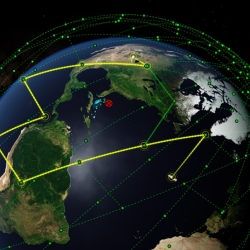
Networking for a New Era of Global Satellite Connectivity
Large constellations of satellites in low Earth orbit (LEO) allow for unparalleled global coverage but require new networking approaches.
Tags
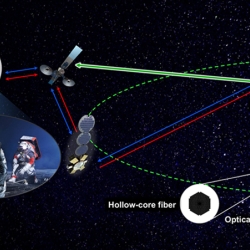
Guiding Light in Air-Filled Fibers for Long-Distance Lasercom
A new type of fiber could transmit the high-power light needed for future deep-space science and exploration missions.
Tags
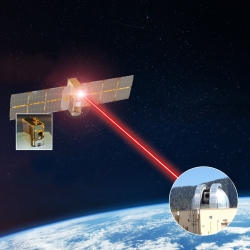
TeraByte InfraRed Delivery (TBIRD)
The laser communications payload has delivered terabytes of data from a satellite to Earth at record-breaking rates that will transform future science missions.
Tags
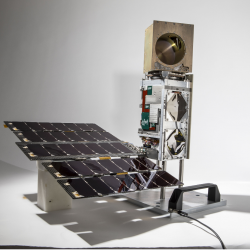
TROPICS
A constellation of small satellites is collecting rapidly refreshed weather data to advance studies of hurricane structure and intensity and improve forecasts.
Tags
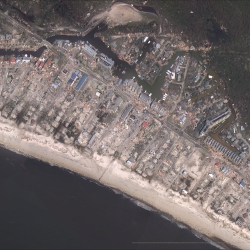

Arctic Climate Change Detection Network
We are developing a sensor network to improve our understanding and monitoring of sea ice breakup in the rapidly changing Arctic region.
Tags
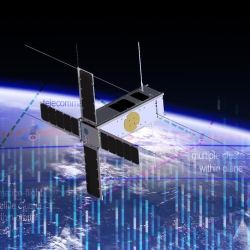
Space Systems Cyber-Resiliency
We are researching and prototyping cyber-resilient space systems software that will enable critical national security space assets to withstand, operate through, and recover from cyberattack.
Tags

Geostationary Operational Environmental Satellite Series
The Laboratory's long-term collaboration with NOAA and NASA on environmental monitoring satellites has led to revolutionized weather imagery and products and improved detection for space and solar phenomena.
Tags

Secure Small Satellite Processing Platform
A secure reference architecture enables satellites to recover from cyberattacks and carry on their missions.
Tags
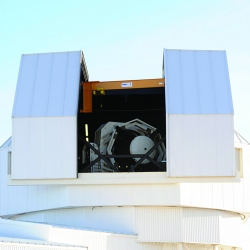
Space Surveillance Telescope
A unique curved focal surface enables a highly sensitive telescope capable of surveying broad swaths of deep space to detect the faintest objects in the night sky.
Tags